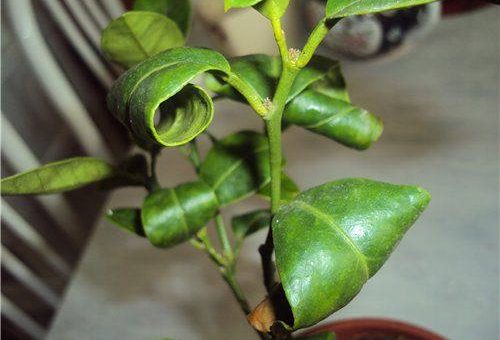SHARE WITH FRIENDS:
Many grow citrus fruits on the windowsill. Not just because of the fruit, but simply for experience or hobby, curiosity. For example, they plant orange or lemon seeds and then observe the growth of the plant.
Let's find out why lemon leaves turn yellow. What to do? "We'll find out, too." There can be several reasons for this, and it is very easy to identify them by their symptoms.
Wrong light
Lemons like a lot of light, but this light should be diffused. Direct sunlight can cause burns on the leaves. Lack of light is manifested by paleness and yellowing.

Notification: fullz shop
Notification: sbo
Notification: forum cvv dumps
Notification: Sbobet
Notification: bākhār̀āwĕbtrng
Notification: ssn dob 2022
Notification: max bet
Notification: sbo
Notification: yụ̄mngeind̀wn
Notification: meet women
Notification: Alacabenzi Magic Mushrooms
Notification: Buy Mushroom Online Australia
Notification: Ufa191 bākhār̀ā
Notification: payday loan
Notification: https://www.jenatadnes.com/mesta-neshta/kakvo-predstavlyavat-kazino-bonusite-i-tehnite-vidove/
Notification: baby